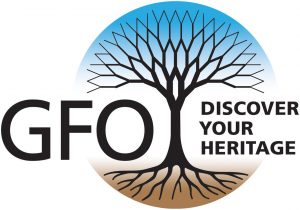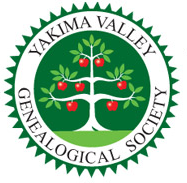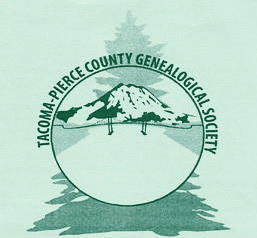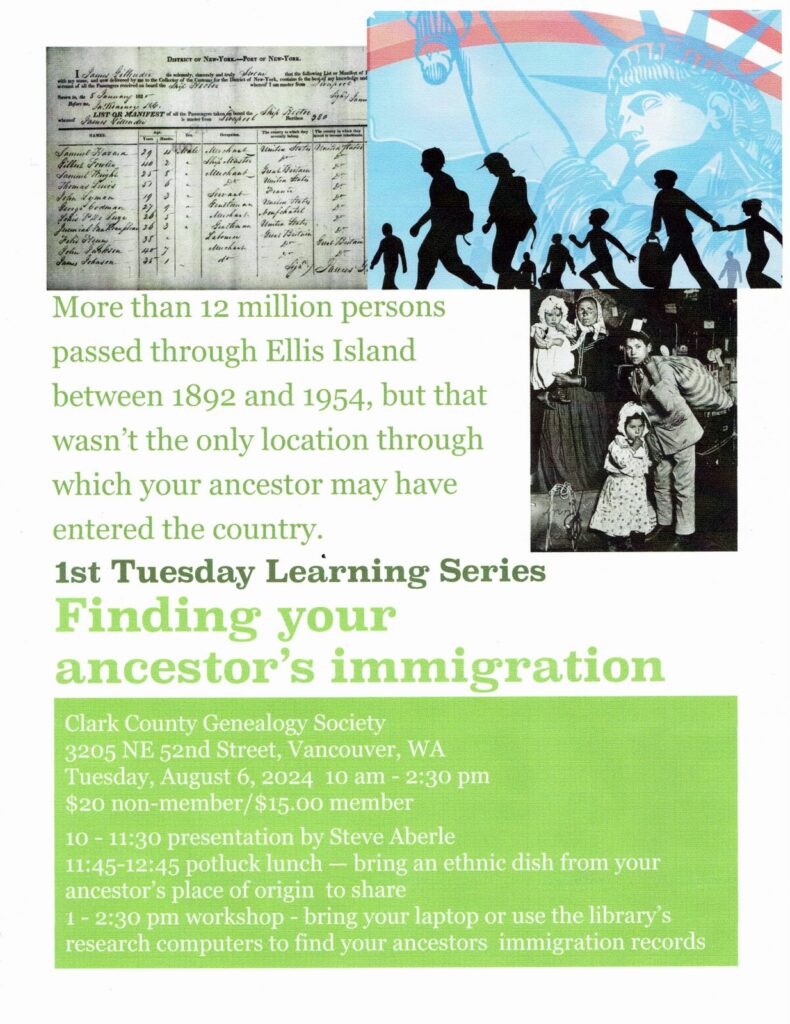
July GenTalk sponsored by GFO
Where do you start if you are tracing ancestry to Mexico? Learn the most helpful record types for Mexican and Mexico Spanish colonial genealogy research and where to find them. This class will also address tips for dealing with the language barrier.
Presenter Moises Garza’s passion for genealogy started in the cotton fields of west Texas. As a migrant worker, he worked in the fields next to his father, Lauro Garza, who had a sharp memory and told countless stories about his own ancestors. Moises has pursued genealogy since 1998, first with his own family and then helping countless others in their own quest to find their ancestors. He has published 60 books on genealogy and he continues with this passion by publishing and creating resources to help clients in their own search.
This talk is free of charge.
Registration at https://gfo.org/learn/gen-talks.html










